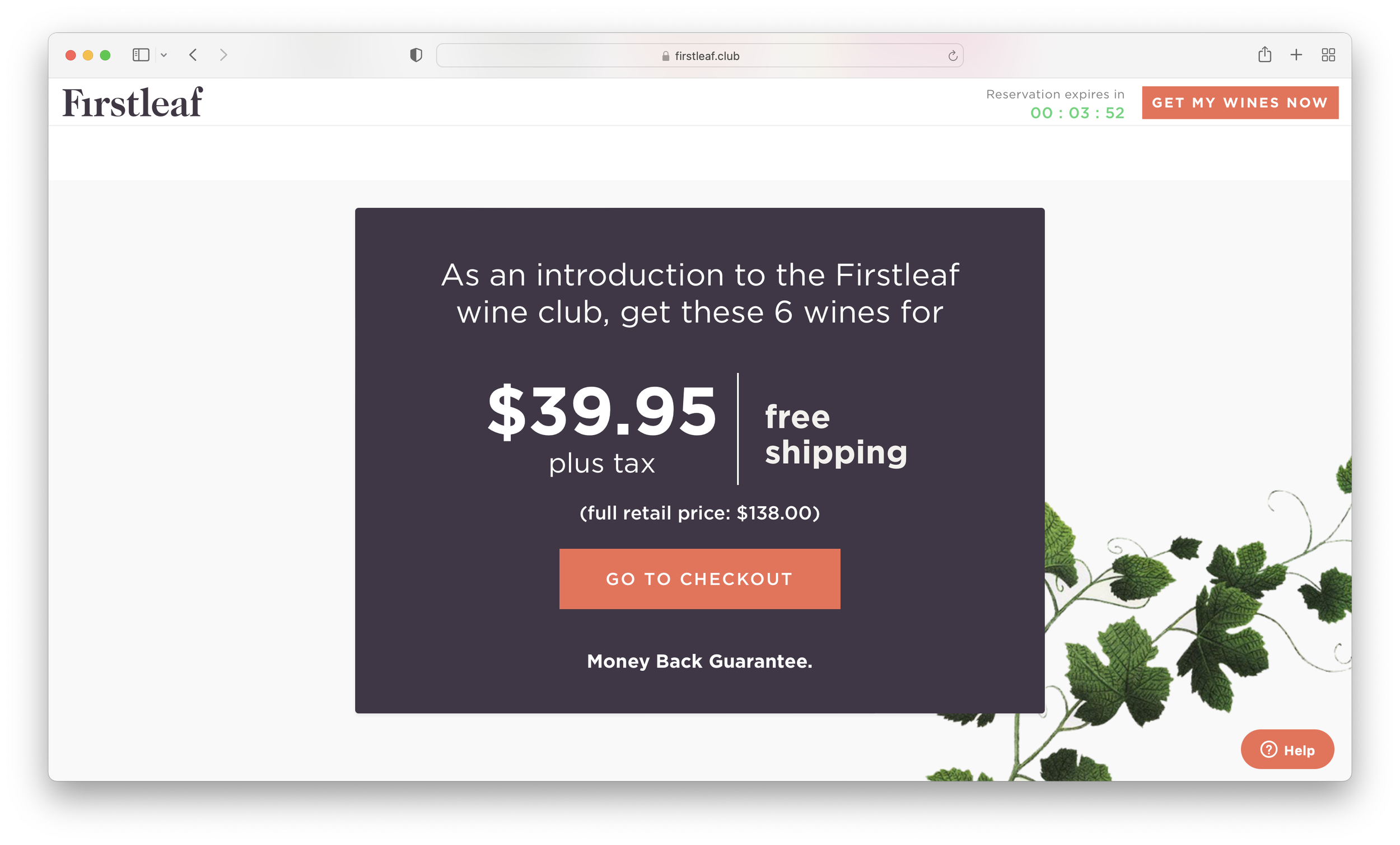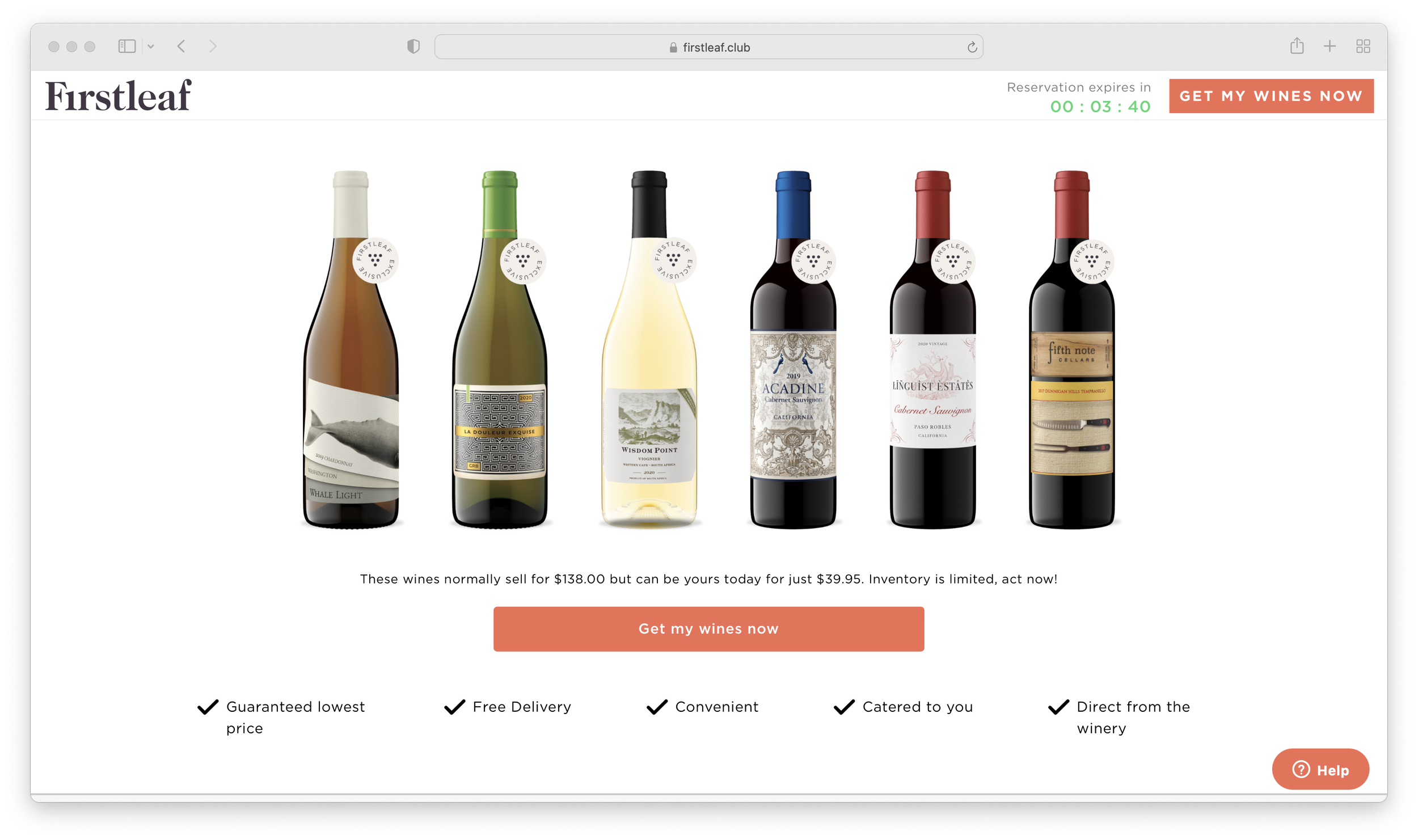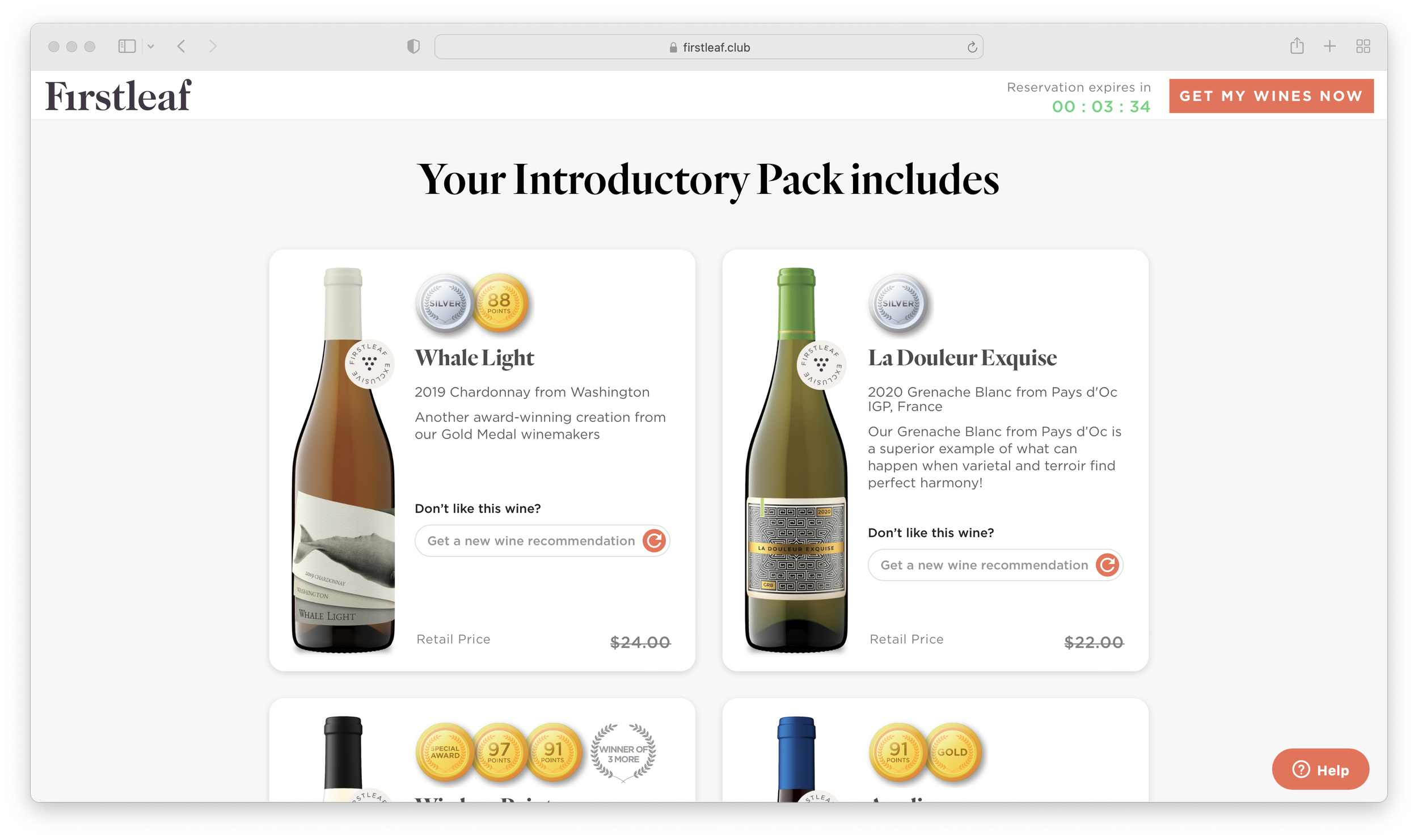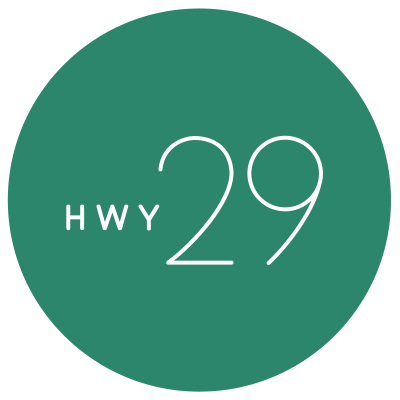#1 Way to Acquire New Customers Digitally for Your Winery
Like it or not, native e-commerce brands like FirstLeaf, Winc, Wine.com, and Naked Wines are kicking most traditional winery’s butts digitally. They approach customer acquisition differently with a digital first strategy. This means they understand the importance of investing in customer acquisition including large digital ad spends. There is no tasting room for customers to visit so they have to think beyond brick and mortar.
Even if you have a tasting room, why rely on it solely for acquisition? If the pandemic taught us anything, it’s that we need to use e-commerce to drive sales. Native DTC brands have known this for years and the rest of the industry is finally catching up.
It is tempting to go back to the way it’s always been done now that tourism is regaining momentum. Rely on that tasting room, cut digital marketing budgets, and so on. I implore you not to though.
Facebook is flooded with ads, inboxes are overflowing, and it’s never been harder to stand out in this competitive market. If you give up on digital marketing now, then these digitally native brands will always beat you. Instead, take a page from their book and use their #1 strategy for acquiring new customers online.
The Grocery Store Dilemma, But Online!
Working in the wine industry, we all suffer from the curse of knowledge. We are educated consumers and forget what it’s like to be a novice.
Do you have friends that are average wine consumers? Go to a grocery store with them, bite your tongue, and ask them to go buy a bottle of wine.
They will walk into the store and be presented with wall after wall of bottles. It’s intimidating and creates major anxiety for shoppers. How the heck are they supposed to choose with so many options?
What do most shoppers do in this case? They buy something based on the label or grab a bottle off the closest case stack with the biggest discount. Or worse yet, they are overwhelmed and walk out!
Sending the average consumer into a grocery store to buy wine is a traumatic experience. It does not end with a confident decision.
Now imagine this same scenario, but this time it goes differently. They walk in and a kind salesperson says, “Hey, ignore that intimidating wall of wine and come over here.” They are led to a counter with two bottles on it. The salesperson explains why these two bottles are really special, tells a quick story about the brand, and backs it up with a few testimonials and reviews. The customer goes from being overwhelmed and unsure to confident and calm. The customer is more likely to buy these two bottles than go back to that wall of wine. Better yet, if there is a sale running on these two bottles then it’s a no brainer purchase.
The second scenario rarely happens and most customers face that intimidating wall of wine. The problem is, most wine brands put customers through this EXACT same process on their website.
I love browsing Facebook and Instagram for wine ads. I click on them to test the user journey and it takes me to the homepage or shop page. I’m presented with generic, transparent background bottle shots, the name, price, and maybe if I’m lucky a one sentence description. I might find anywhere from 5-25 wines depending on the brand.
Most wineries are sending customers to the digital version of the big wall of wine bottles. A generic digital shelf with a ton of bottles and little way to tell the difference between them. Even worse, if the winery makes multiple versions of the same varietal (say 4 different single vineyard Cabernets), then it takes a solid 10 minutes to click back and forth between the pages to even understand the difference between them. This is asking way too much of new customers. So what happens? They get anxious, maybe choose the pretty label, but most likely they do the digital equivalent of leaving the store- they close your website.
Remember that second scenario where the nice salesperson helped the customer easily buy two bottles? Yeah, it’s time you do this digitally and this is exactly what native DTC brands get and most wineries don’t!
Minimum Viable Offer
At our DTC wine marketing agency Highway 29 Creative, we look outside of the wine industry for inspiration. We believe most brands suffer from what we diagnose as “Napa Valley Group Think.” They look to other wineries in their region to see what they are doing in their marketing and create a vicious cycle of recycled ideas.
Instead, we look to leading DTC native brands like Hello Fresh, SimpliSafe, Brooklinen, and Grove Collaborative. I’ve been targeted by all these companies with ads and purchased from many. What all great DTC native brands have in common is they don’t send users to their shop page from the ad. The ads direct to a special landing page with their minimum viable offer.
Those two special bottles the nice person had on the counter is a great example of a minimum viable offer. They didn’t let the customer buy one bottle of low price wine. They bundled together two average price point bottles and upsold the customer. The customer didn’t even realize it. They were just happy to be guided to a solution.
Your homework is to determine what your minimum viable offer is and then make a landing page for it. That’s it! That’s the big secret to acquiring customers digitally. Guide the customers to an easy purchase and reduce the number of decisions they need to make.
Now this is all easier said than done. You need to be very strategic in developing your minimum viable offer. You need to do the math to understand what is the minimum purchase a customer needs to make to be a qualified customer. If you are a high end brand with an average order value of $500, then someone who buys one bottle of $30 Sauvignon Blanc is not a qualified customer. Your minimum viable offer should ideally be a pack of wines that costs about the same as your average order value. For some brands this might be a two pack and for others it could be as much as a six pack. Get creative!
I know it’s tempting to sell that $30 Sauvignon Blanc, but then you are just appealing to the lowest quality customer. Odds are they won’t buy again. It’s expensive to run digital ads and great DTC brands get this. Their goal is to break even on the first order and then continue to engage the customer via other channels to maximize their lifetime value. That’s how you see the return on investment. Therefore, you need to target repeat customers and not one-time buyers. Stick to your guns, be confident, and know your target customer.
Great Examples of Digital Customer Acquisition
Hello Fresh knows that it’s hard to get people to commit to a meal delivery service. They have run the numbers and know their minimum viable offer is 2 recipes per week and a cost of $58.95. They are counting on you forgetting to cancel and surely have a metric for how often this happens. To make this offer even more appealing, they are throwing in 14 free meals with your first box. This offer is hard to refuse.
For a wine example, check out Firstleaf. I’ve been getting their ads non-stop and it takes me to a minimum viable offer page. They are offering a 6-pack of wine for $39.95 with shipping included. They claim this is 68% off and just for my first order. It’s so easy to decide if I want to buy their wines or not. Instead of sending me to a shop page to pick out 6 wines, they pre-select them for me and remove all decision making.
Better yet, they have a knockout landing page full of so many e-commerce best practices like removinging the main navigation bar to prevent customers from leaving the page, adding a sense of urgency with a countdown clock, a sticky buy button on the top of the page, testimonials, social proof, multiple calls to action, and a clear offer that provides tremendous value. I’d put this page up against any traditional winery website and guarantee it has an exponentially higher conversion rate.



Now I am sure a lot of you are reading this and thinking, “I don’t want to discount” or “this seems too salesy” or “this just isn’t for me.” You are entitled to your opinion, but you are wrong. There is a way to use a minimum viable offer and still be high end, humble, and not discount. We use this method with our luxury Napa Cabernet clients too.
Go Get New Customers
You may be thinking to yourself, “Jeez, this all makes sense but there is no way I have the time or background to execute this.”
At Highway 29 Creative, we understand how intimidating digital marketing is and that wineries don’t have time to become expert marketers overnight. We’ve created proven digital strategies that generate measurable results so wineries can grow their DTC wine sales. We believe all wineries should be supported by a team of marketing experts so they can become an iconic and enduring brand.
We offer both retainer DTC wine marketing services and web design services. Having an effective marketing campaign and a website that is optimized for e-commerce are equally important.
If you’d like to learn more about working together, click the button below to inquire and our team will follow up with you.
Simon Solis-Cohen is the founder of Highway 29 Creative, a leading digital and creative agency serving the wine industry. He challenges clients to think about the future and constantly innovate. The agency chases data, not fads, and provides one-stop shopping for wineries looking to enter or jolt their direct to consumer sales. Their approach starts by designing and building a website focused on conversion (wine sales, club sign ups & tasting room reservations) and then dives into each digital channel with consistent and effective content and messaging. What to learn more or looking for advice? Shoot Simon a message at simon@hwy29creative.com.



